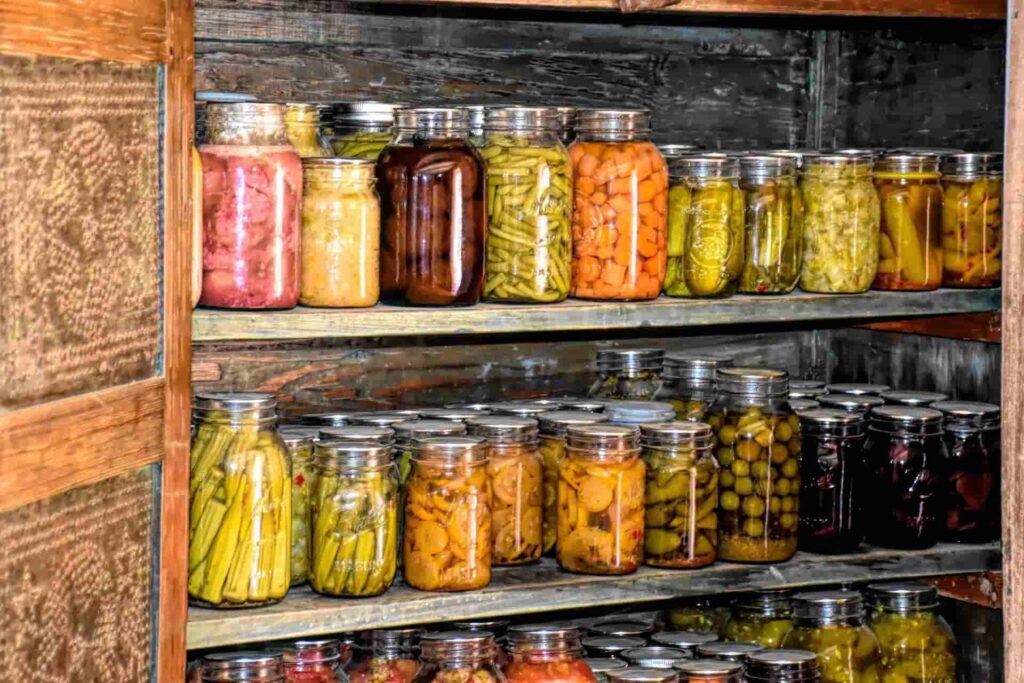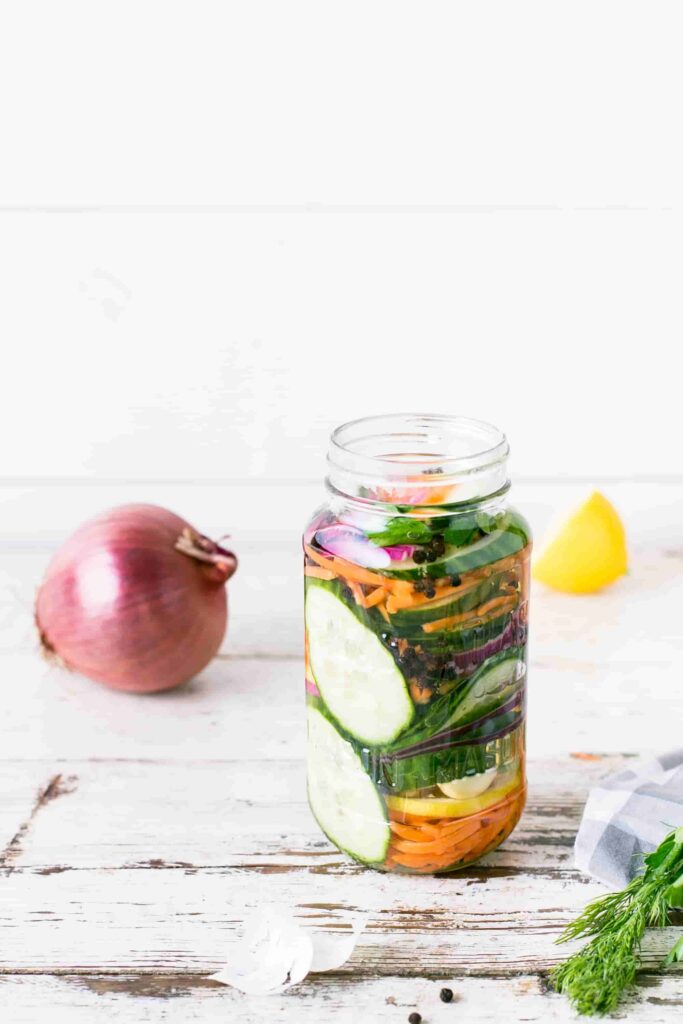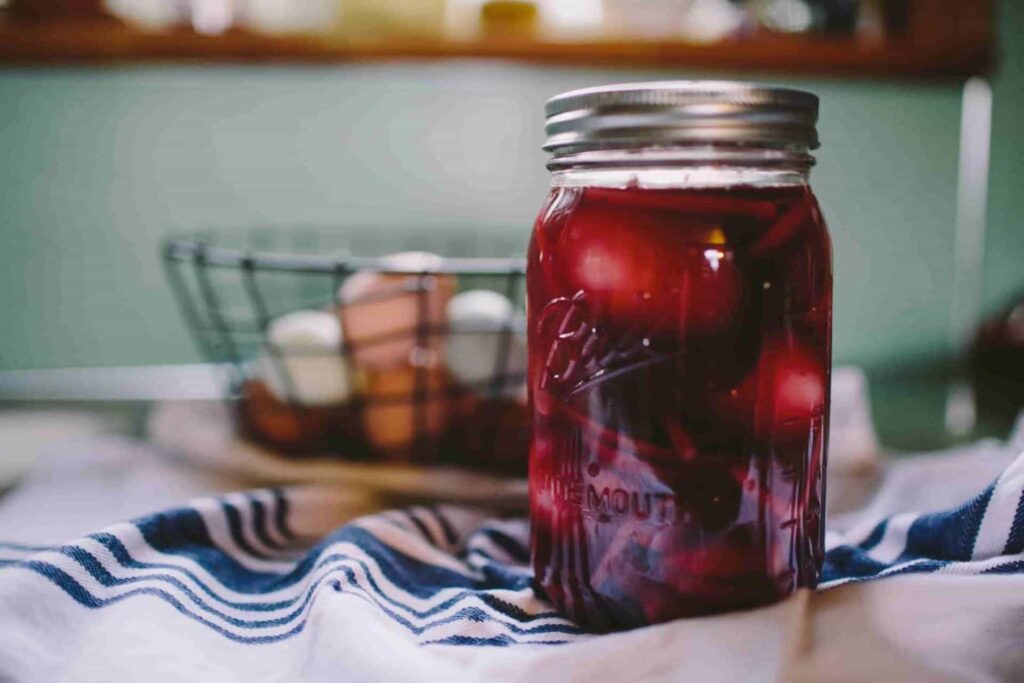Pickles have long been a cherished delicacy across numerous cultures, celebrated for their savory, spicy, and tangy flavors. This simple yet delightful food item boasts a history that is as rich and diverse as the array of tastes it offers. For those in the business of providing empty glass bottles and jars for pickling, delving into the storied past of pickles can shed light on evolving consumer preferences, potential market trends, and the innovative packaging solutions that have accompanied pickles’ journey from ancient kitchens to modern tables.
Understanding the pickle’s transformation through time not only highlights the culinary practices of various cultures. But also emphasizes the importance of quality packaging in preserving and enhancing the product’s value. As pickles have transitioned from a necessity to a gourmet item, the demand for specialized containers that ensure freshness and appeal has surged. For wholesalers and retailers, recognizing these shifts is crucial for catering to the nuanced needs of food and beverage brands. Also include those specializing in pickles, thereby aligning with market demands and consumer expectations.
Table of Contents
ToggleCONTENTS LIST
Section 1 The Origins of Pickling
1.1 Ancient Beginnings
The art of pickling began around 4,000 years ago, with cucumbers first being pickled in the Tigris Valley. Ancient civilizations, including the Egyptians, Greeks, and Romans, recognized the value of pickling not just for its taste. But also for its health benefits and preservation qualities. Pickles were even found in the tombs of pharaohs. Symbolizing their importance in diet and culture.
1.2 Cultural Significance
Over the centuries, pickling spread across the globe, adapting to regional tastes and available produce. In Asia, kimchi and tsukemono became staples. While Europeans favored gherkins and sauerkraut. Each region’s pickling methods and flavors reflect the local palate, showcasing the versatility of this preservation method.

Section 2 The Evolution of Pickling Techniques
2.1 Early Methods
The art of pickling dates back thousands of years, serving as a vital method to preserve food for out-of-season consumption and long journeys. Initially, the process relied heavily on natural fermentation in a saltwater brine. This ancient technique not only extended the shelf life of foods but also enriched them with beneficial bacteria. Which contributes to gut health. As culinary practices evolved, vinegar was introduced as a pickling agent, revolutionizing the craft by offering a broader spectrum of flavors and textures. This innovation allowed for the preservation of a wider variety of foods, including fruits, vegetables, and even meats. Thus diversifying diets and culinary traditions across cultures.

2.2 Industrialization and Innovation
With the dawn of the Industrial Revolution, pickling witnessed a transformative era of industrialization and innovation. The advent of glass jars as a means of storage marked a significant leap in preserving the quality and extending the shelf life of pickled products. This period also saw the refinement and standardization of pickling recipes and techniques, propelled by advancements in manufacturing and food science. Vinegar-based solutions became more sophisticated, with varying acidity levels and flavors designed to enhance the sensory attributes of pickled foods.
These advancements made pickles more than just a means of preservation. They became a beloved staple, enjoyed for their taste as much as their convenience. The introduction of mass-produced glass jars and standardized vinegar solutions not only made pickling more efficient. But also turned it into a widespread culinary practice. This era of industrialization laid the groundwork for the modern pickling industry. Setting the stage for further innovations in preservation, flavoring, and packaging that continue to shape consumer preferences and market trends today.
Section 3 Pickles and Glass Packaging
3.1 The Role of Glass Jars
Glass jars have been instrumental in the evolution of pickling. The inherent transparency of glass offers a visual assurance of quality, allowing customers to inspect the condition and appeal of the pickles before purchase. Moreover, the airtight seals achievable with glass jars play a vital role in preserving the freshness, taste, and nutritional value of pickled foods. This sealing technology ensures that the unique flavors and tangy aroma of pickles are maintained from production to pantry, offering consumers the same zesty experience with every jar opened.
For wholesalers and retailers in the empty glass bottles and jars industry, recognizing the significance of high-quality glass packaging is essential. Quality glass jars serve as a silent salesman, showcasing the product’s purity and enticing visual appeal, while also ensuring that the contents remain in their best condition over time.

3.2 Innovations in Packaging
The evolution of glass bottle and jar designs has mirrored the growth of the pickle industry. From the simple mason jars of the past to the modern, decorative jars that line supermarket shelves, packaging has become an integral part of the product offering. It not only serves a functional purpose but also enhances the aesthetic appeal of the product, influencing consumer choice.
Conclusion
The history of pickles is a testament to human ingenuity and cultural adaptation. From ancient preservation methods to modern packaging innovations, the journey of pickles through time is intertwined with the development of the glass packaging industry. For wholesalers and retailers of empty glass bottles and jars, the story of pickles offers valuable lessons in product development, packaging, and consumer trends.
Understanding the historical context and cultural significance of pickled products can aid in better targeting and marketing strategies. As the pickle industry continues to evolve, staying informed on the latest trends in both pickling and packaging will be essential for success in this niche market.
For more knowledge about Pickling or the Pickle jars, please feel free to contact us!











